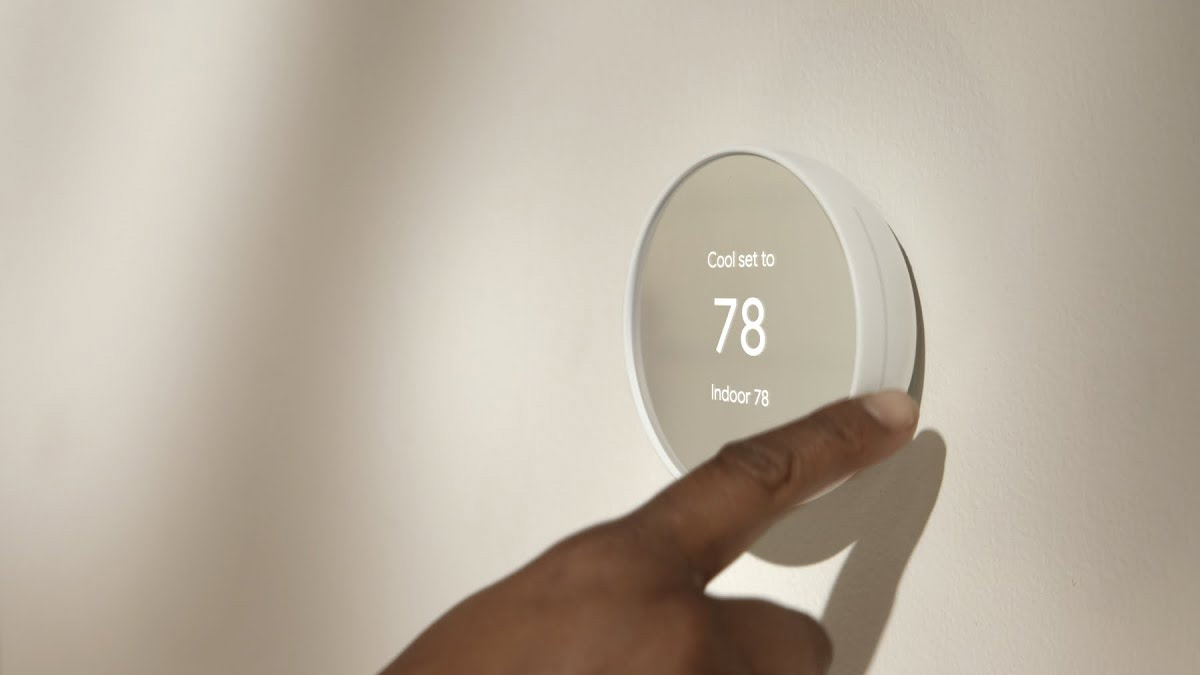
In 2023, Apple is sitting on top of the world. At times ranked as the most valuable company around, its influence in technology and media–and even some realms beyond–exceeds almost any other single corporation. But it wasn’t always that way, and much of where the company is today can be attributed to a product released 25 years ago: the original iMac.
I vividly remember the first time I saw a picture of that machine: sitting in my high school library, just a few days shy of graduation, I was leafing through my copy of this very publication (in classic dead-tree format), devouring the cover story on this weird new computer that, unbeknownst to any at the time, would set the course for Apple for years to come.
As an avid Apple fan in the darkest period of the 1990s, it was hard to deny that the iMac sparked excitement. Here was something new, something distinct from everything else on the market, something that perfectly exemplified the company’s then-only recently adopted slogan, which, though only in use for a few years, became its most iconic motto: Think different.
Adding a little color
On the face of it, the original iMac was a refutation of the personal computer market as it stood in the late 1990s: unapologetically colorful in a sea of beige, eschewing legacy connectors, with an undeniably playful spirit. The iMac made a statement that computers didn’t have to be boring.

Foundry
In that, it was very much an echo of the announcement of the original Macintosh in 1984, right down to its unveiling on May 6, 1998, by recently returned Apple co-founder Steve Jobs.
As much as it was derided for being an underpowered toy, the iMac’s influence on the industry was undeniable. When I went off to college that fall, you didn’t have to look far to find a freshman toting one of any number of new PCs that included small colorful plastic accent pieces—almost always in blue.
Likewise, the iMac ushered in the era of USB, a new protocol that was just getting its foothold at the time. Gone were Apple’s legacy serial and Apple Desktop Bus ports, replaced with this strange new rectangular connector that, over the next two decades, would become as ubiquitous as a standard power outlet. And while the iMac may not have accomplished that adoption single-handedly, there’s no doubt that it sped the process along—transforming the computer industry in the process.
What goes around
While the evolution of the computer market over the past decade has shifted decidedly in favor of laptops, the iMac has remained, in many ways, Apple’s standard bearer. It’s the only Mac model name that has survived, unchanged, since the company’s resurgence under Jobs, and though it has itself evolved over that time, the product’s core identity, as a powerful but easy-to-use all-in-one desktop, has remained unchanged.
Outwardly, of course, there were plenty of changes. The iMac went from a colorful gumdrop-shaped desktop to a hovering flat screen, moving from plastic to polycarbonate to aluminum, and though there was a long trek through the land of monochromatic white and silver (excepting a brief dalliance with black in the one-off iMac Pro)—the current M1 iMac has finally returned the device to its roots as a whimsical, colorful machine. (And it does make me smile to see the default color pictured in the product’s tech spec page is, yes, blue.)
Similarly, though those original USB ports gave way to a host of different options in the mid-to-late 2000s (FireWire of different flavors, video out, audio in), the connectivity has more recently also been whittled back down to essentials, with just the latest flavor of USB on the basic models. The product has, in some ways, come full circle, the purest distillation of the iMac identity since that original version. Heck, the M1 iMac even starts at $1299—the exact same price point as its progenitor, a quarter of a century ago.

With the M1 iMac, Apple brought back the color choices.
Apple
The iMac goes on forever?
But in a world where most people favor laptops on desktops, and many more rely on mobile devices like tablets or smartphones, where does the future of the venerable iMac lie?
I, for one, am not ready to count it out just yet; the fact that the iMac has made it through not just a major operating system transition but two processor architecture changes clearly pegs it as a survivor, in it for the long haul.
Will a future tech product like a headset eventually bump the iMac off its pedestal? Perhaps. Nothing, after all, lasts forever. But Apple has offered desktop Macs continuously since the product line debuted almost forty years ago, and while they may be less common than they once were, they’re hardly antiques just yet. As long as that keeps up, I foresee the iMac will be sticking around, quietly enjoying the fruits of the world that it rebuilt.





